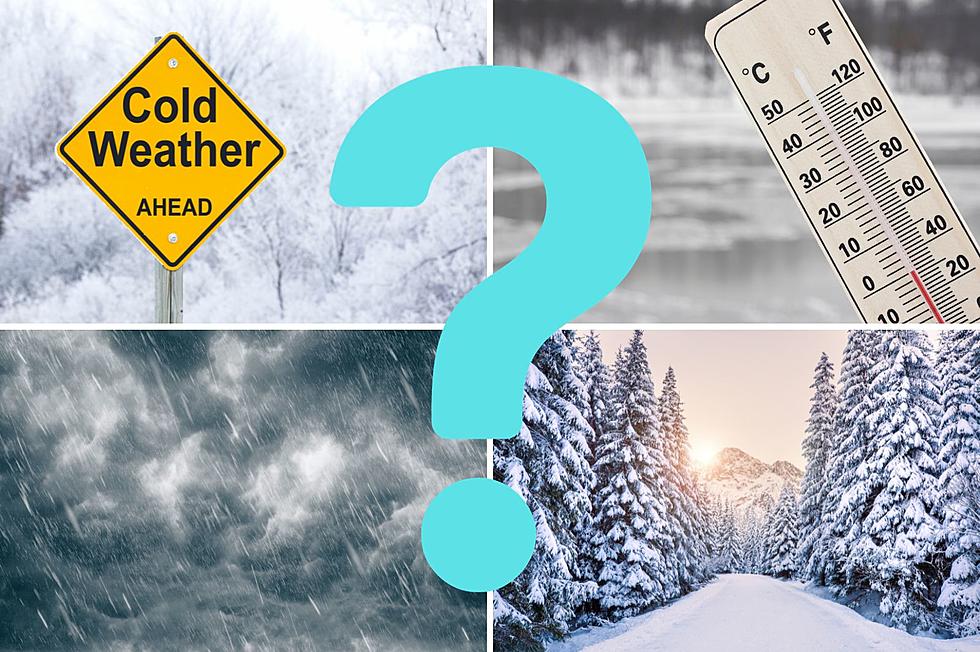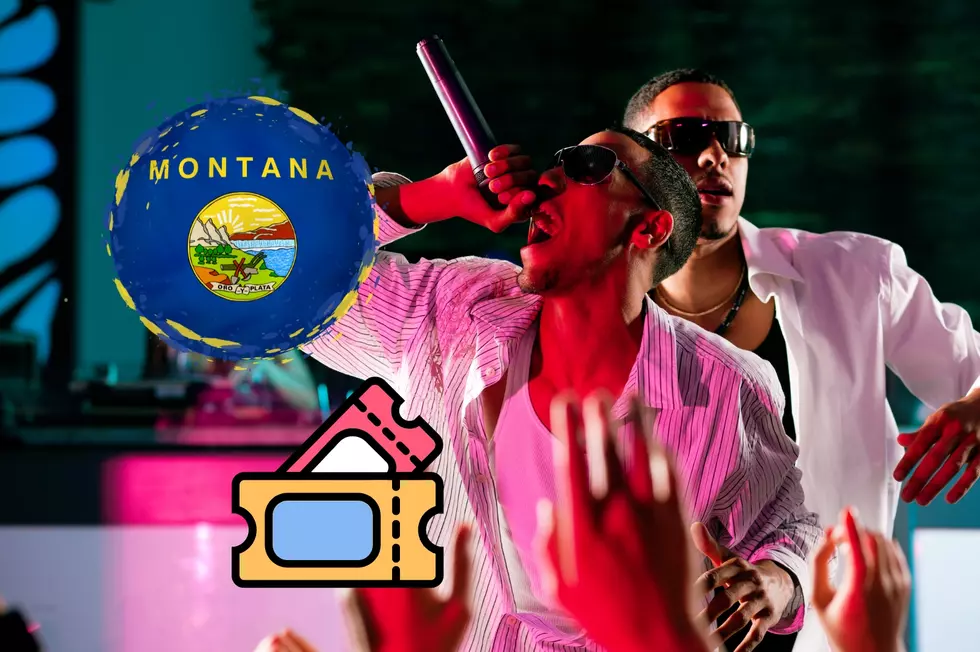
NOAA Predicts What Winter Will Look Like This Year In Montana
As winter weather approaches, a lot of Montanans are wondering what we can expect for the next several months. Will it be a long cold winter? Will we see lots of snow? Or can we expect a milder winter compared to last year?
There are several different sources that folks look to get an idea of what winter will be like. The Old Farmer's Almanac, The Farmer's Almanac, and of course the folks over at the National Weather Service.
The problem is, that they are not always on the same page of what we can expect, and that seems to be the case again this year.

So what about the NOAA? What are they saying about winter in Montana? For those who might not know, the NOAA stands for the National Oceanic and Atmospheric Administration, and according to their data, we can expect something different this year and apparently is all because of "El Nino".
So what is El Nino? According to Climate.gov, El Nino is the following:
"El Niño—the warm phase of the El Niño-Southern Oscillation ("ENSO") climate pattern—strengthened across the tropical Pacific Ocean in August 2023. Odds that it will last through winter are now higher than 95 percent, and the chance of a strong event is now above 70 percent."
In layman's terms, it looks like this winter is going to be warmer than normal, especially here in Montana.
Not only is the NOAA saying we can expect warmer temperatures, but they're also predicting that we will see less perception as well across most of Montana.
While this might be welcome news to many, keep in mind that Montana relies on winter and snowfall for things like ski season, tourism, as well as a water supply during the summer.
Of course, as we're all aware weather predictions aren't the most accurate of sciences, however, for those who are looking for a winter that doesn't last 9 months, you might be in luck this year.
Here's 8 States That Have Longer And Harsher Winters Than Montana
Gallery Credit: Derek Wolf
LOOK: The most extreme temperatures in the history of every state
Gallery Credit: Anuradha Varanasi
LOOK: The most expensive weather and climate disasters in recent decades
Gallery Credit: KATELYN LEBOFF




